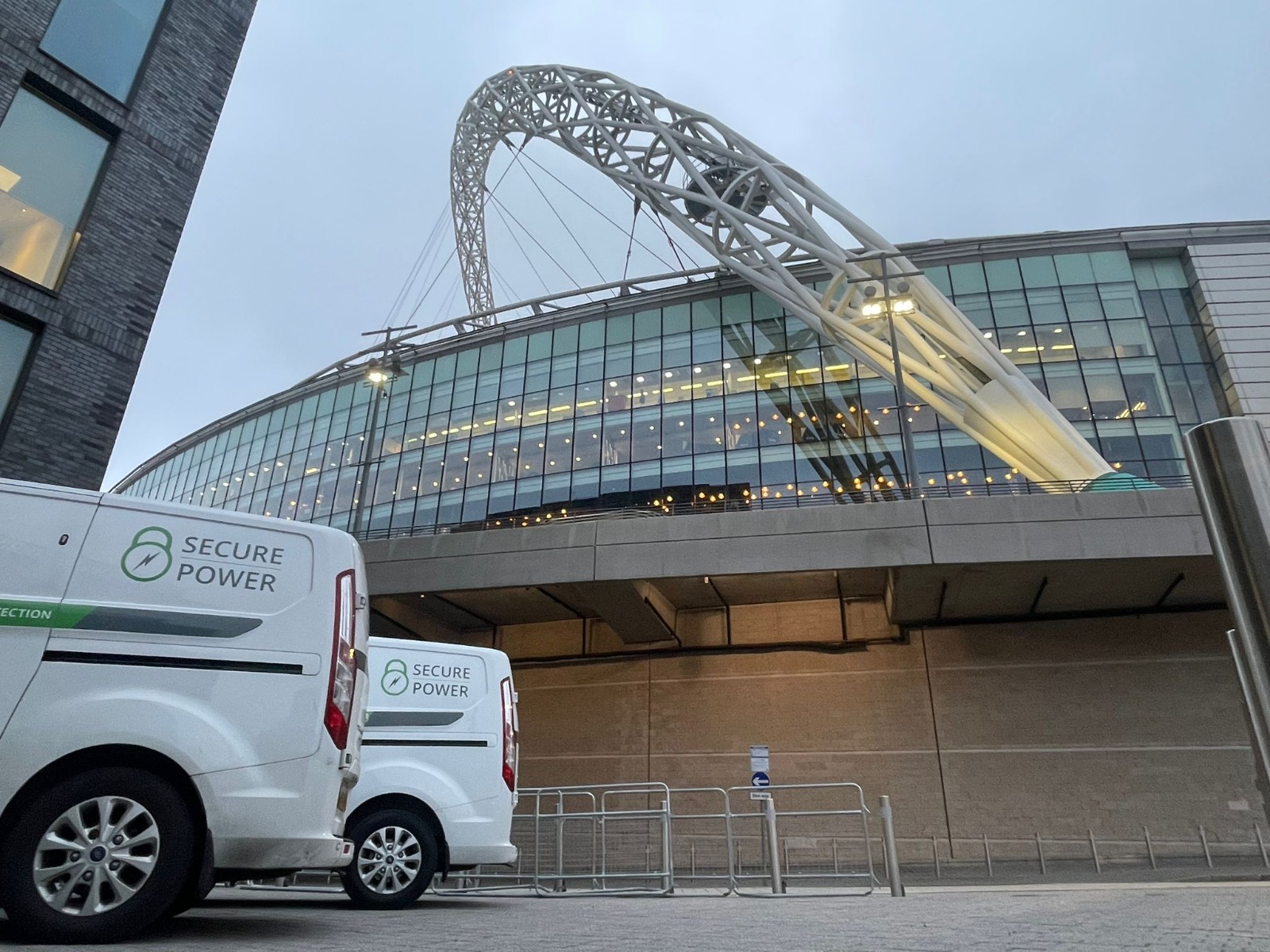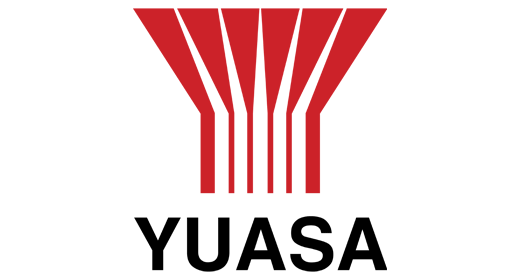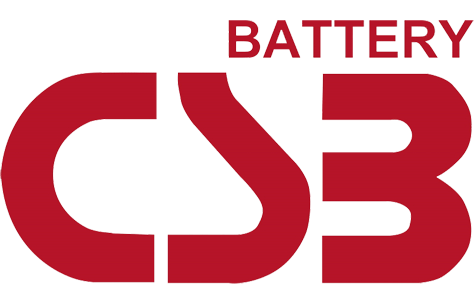Powering the Game: The Role of UPS in Sport Facilities
Welcome to the thrilling world of sports, where every second counts. Imagine a thrilling football game where the winning goal is about to be scored, or rugby players are a hair's breadth away from a tie-breaking try, and suddenly, because of an unexpected power outage, everything comes to a grinding halt. It dampens the spirit of the players, frustrates the fans, and leaves millions of viewers in the lurch. In such a high-stakes environment, Uninterruptible Power Supply (UPS) systems become the unsung heroes, ensuring uninterrupted play and unparalleled spectator experience.
This necessity of UPS in sports stadiums, especially in the UK's bustling sports scene, forms the crux of our discussion. We'll be diving deep into this electrifying topic, shedding light on how UPS systems are powering sports and ensuring a seamless game experience. Our discourse will cover the increase in demand for these systems, their market share, and widespread utilisation in UK sports stadiums.
We will also look at the economic impact of the sports industry in the UK, the public funding available for stadium improvements, and the latest technological advancements in this field. To cap it all, we'll explore what future UPS systems might look like in the UK's sports arenas, promising a more reliable, secure, and efficient event experience. So, whether you're a sports enthusiast, an electrical engineer, or just a curious reader, we hope our insights will charge your interest. Let the games begin!

Demand for UPS Systems in Sports Stadiums and Venues
In the fast-paced, technologically driven world of sports today, the demand for efficient and reliable power sources has skyrocketed. This is where Uninterruptible Power Supply (UPS) systems are stepping into the spotlight, boasting a surge in demand, particularly in UK sports stadiums. The reasons behind this increased need are hardly surprising. With electricity consumption increasingly high during capacity-filled stadium events, the requirement for a consistent and stable power supply is paramount.
Let's look at why the demand for UPS systems in sports stadiums has escalated:
- Stability of power supply: Ever noticed how crucial perfect lighting is at a sporting event? Or the sheer number of high-end digital equipment functioning in synchronisation? None of this would be feasible without an unbroken power supply. UPS systems safeguard these vital components from power disturbances and outages, ensuring a smooth and uninterrupted game.
- Energy efficiency: High electricity consumption during stadium events can put a serious strain on the power grid. This is where UPS systems, especially those integrated with energy storage solutions, come into play. They not only provide essential power backup but also help in reducing overall energy consumption in stadiums.
- Reliability: Imagine a blackout in the middle of a football game - chaotic, isn't it? UPS systems bring reliability to the core, ensuring the lights and equipment stay functional, even during power failures. Thus, they ensure not the slightest disruption in the viewing experience of the audience.
Beyond these, UPS systems play a crucial role in maintaining the operation of public address and sound systems, ensuring that announcements and audio broadcasts continue without interruption. They also keep scoreboards and LED displays operational, preserving the real-time flow of information critical to both players and spectators.
Security systems are another area where UPS systems prove indispensable. Surveillance cameras, access control systems, and emergency communication systems are kept functional, ensuring the safety of everyone in the stadium. Moreover, IT and networking equipment that powers everything from ticketing systems to Wi-Fi networks also rely on UPS support, maintaining the technological backbone of modern sports venues.
As the significance of a continuous power supply becomes increasingly evident in the sports industry, stadium owners are rapidly catching onto this trend.
"An efficient UPS system is to a sports stadium what a dependable goalkeeper is to a football team - a safety net when all else fails."
Ultimately, with the growing eco-conscious audience, there's an increasing pressure for sports franchises to become 'green'. It's under this premise that UPS systems find their niche. They not only deliver consistent power supply but also help the stadiums significantly cut down on their energy usage. The demand for UPS systems in sports establishments holds only promise and growth.
Market Share Concentration in the UK's Sports Facilities Industry
In the vast and vibrant landscape of the sports facilities industry in the UK, understanding the nuances of market share concentration can provide highly valuable insights. Interestingly, the level of market concentration is relatively low, resulting in a diversified and often unpredictable competitive climate.
A few key drivers set the stage for this scenario. Foremost, the top four companies in the sports facilities industry generate less than 40% of industry revenue. This starkly contrasts with many sectors where the leading companies dominate the lion's share of the market. This shows a potentially liberating level of competition and opportunity boiling down to a broad playground for both small and large players.
The factors contributing to this level of dispersion include:
- Geographical spread: The sheer geographical diversity across the UK often makes it challenging for any single company to gain a substantial foothold nationwide. Each region has its socio-economic dynamics and preferences, lending to a more localised approach to sports facilities.
- Consumer choice: The demand pattern varies considerably, reflecting the broad spectrum of sports and physical activities appreciated by different consumer groups. From tennis courts to gyms to swimming pools to football fields, the consumer palette demands a rich mix of facilities, diversifying the market further.
- Regulatory framework: The UK Government's regulation promotes competition by averting market monopolies. Additionally, generous public funding for sports facilities often catalyses new entrants and supports existing smaller companies.
Advancements in technology have also played an intriguing role in shaping the market. For instance, the sports industry saw an increase in the demand for Uninterruptible Power Supply (UPS) systems because of high electricity consumption and the necessity for backup power during utility outages. By ensuring smooth operations, these systems become an essential asset, particularly for sports stadiums that entertain massive audiences.
In the end, the sports facilities industry landscape in the UK is an engaging blend of myriad elements. The narrow market concentration creates an environment ripe with opportunities for companies large and small to write their own unique success stories. A keen understanding of this versatile, ever-shifting industry is therefore a valuable tool for any player looking to carve a deep and lasting imprint.
Safety Perceptions and Utilisation Rates in UK Sport Stadiums
Large public venues, such as sports stadiums, are bustling with activities and attract a large crowd, making safety a crucial issue. Today, let's delve into the safety perceptions and utilisation rates of sports stadiums in the UK.
Recent survey data has uncovered intriguing insights. In a 2021 survey, 27% of respondents in the UK believed that sports stadiums were safe. This statistic is interesting when you account for the many safety measures put into place at these venues. From regular security patrols to emergency preparedness drills, everything is mapped out to make sure spectators feel secure and enjoy the game.
Let's also discuss the stadium utilisation rates for football matches in the UK. These rates have seen some variability from 2015 to 2020, and these changes are largely dependent on the league.
- The Premier League, perhaps unsurprisingly, led in attendance, with stadiums often at capacity.
- The Championship League isn't far behind, averaging around 75% capacity.
- Stadiums in League One and League Two, however, have a slightly lower attendance record, with about 50% capacity on average.
It seems that the stature of the league strongly correlates with how filled up a stadium is - a testament to the role of strategic marketing and star power in football.
In terms of safety enhancements, many stadiums are embracing advanced technologies and educational initiatives. The convergence of IP networks, weapons detection systems, and safety awareness programs are ensuring that stadiums are safer than ever before.
To quote a well-known sports analyst, "Safety isn't a goalpost to be kicked around. It's the field we play on." As such, we believe it's paramount for sports stadiums to continually develop their safety measures, assess their audiences' perceptions of safety, and strategize their utilisation rates for the ultimate fan experience.
Staying tuned to the patterns of stadium safety and utilisation changes is therefore key to understanding the dynamics of sports events management. Through this, we can ensure that sports continue to be an enjoyable pastime for everyone and that stadiums remain a place where safety and spectacular sports moments converge.
Economic Impact of the Sports Industry in the UK
The UK's vibrant and ever-evolving sports industry serves more than just the function of entertaining and uniting spectators around passionate competition. Economically, the sports industry is a force to be reckoned with, contributing an impressive £39 billion per annum to the UK's economic engine. Sports organisations, spanning football, rugby, cricket, tennis, athletics, and beyond, play a critical role in this booming sector. Our exploration will delve into the specifics, touching on controversial public subsidies for sports stadiums and crucial investments in stadiums and services.
Public Subsidies for Sports Stadiums
The monumental aspect of sports fandom and support across the UK has led to increased pressure on governments - local and national - to subsidise the construction and renovation of sports stadiums. While these grand establishments instil civic pride and offer platforms to showcase local, national, and international talent, economists and researchers may argue that these do not sufficiently drive economic activity to offset the public subsidies provided.
- Contrary to popular perception, sports stadiums often do not significantly push local economies to new heights or create sustainable jobs.
- Stadiums get used sporadically, leading to what economists label as the "substitution effect." Here, consumers switch their entertainment expenditures rather than increase them.
With substantial public subsidies often under scrutiny, understanding these aspects becomes vitally important.
Investments in Stadiums and Services
Beyond initial government subsidies, investments in stadiums, services, and talent are fundamental to delivering unforgettable sporting experiences. This triple investment strategy is significant to maintaining and growing this multi-billion-pound industry.
- Stadium Investments: A state-of-the-art stadium offers benefits beyond aesthetics. Enhanced facilities including comfort seating, top-notch dining options, and cutting-edge technology can significantly boost ticket sales and, consequently, revenues.
- Service Investments: Exceptional hospitality services can influence spectators' satisfaction levels, leading to increased patronage and brand loyalty.
- Talent Investments: Investing in high-calibre athletes cannot be glossed over. After all, people throng to stadiums to witness exceptional talent making sporting history.
It's paramount not to underestimate the profound economic impact of the sports industry in the UK. The triad of heavy public subsidies, and continuous investments in stadiums and services, must accord due recognition, preserving the industry's financial significance and fuelling further growth. Here, the challenge lies in striking a balance between direct economic contributions and the intangible benefits of fandom and national pride.
Technological Advancements in Sports Stadiums
The sporting world is undergoing a significant revolution. As technology seeps deeper into every aspect of our lives, the way we experience sporting events is also evolving. The catalyst for this evolution? None other than the sports stadium itself. From adopting digital twins for better stadium management to implementing cashless systems and drastically improving lighting and playing surfaces, sports stadiums are transforming into technological powerhouses. This article will delve into some of these exciting advancements that are shaping the future of sports entertainment.
Digital Twins for Stadium Management
Ever wondered how sports stadiums manage to function smoothly during high-stakes games with thousands of fans in attendance? The answer lies in the power of digital twins. By creating a virtual copy of the entire stadium - its structures, systems, and elements - operations managers can monitor, predict, and improve performance issues proactively.
A digital twin allows managers to simulate potential scenarios, anticipate issues, and develop actionable solutions. This empowers them to keep operations flawless, ensuring a smooth and memorable experience for both players and fans. Furthermore, stadiums equipped with next-generation Wi-Fi can gather valuable data that feeds into the digital twin model. This intelligence offers a deeper understanding of fan behaviour, which the hosting venue can leverage, further enhancing the overall fan experience.
Cashier-Free Systems
Think about the last time you attended a live game. Do you recall waiting in long queues to buy a snack or a merchandise item, missing out on some action on the field? Cashier-free systems are here to change that. With the power of AI and smartphone technology, stadiums are now implementing cashier-free systems, allowing fans to skip the long lines and never miss a second of the game. This technology not only improves the fan experience but also streamlines operations and reduces the need for extensive staffing.
Improvements in Lighting and Playing Surface
Finally, let's talk about the star of the show - the playing field. Technological innovations have drastically improved lighting systems and playing surfaces over the years. LED technology has made it possible to adjust lighting to match different types of games, ensuring optimal visibility for all involved. Consequently, this enhanced visibility improves player performance and the overall quality of the game.
The quality of the playing surface is another crucial aspect that affects player performance. Advancements in turf technology and groundskeeping methodologies have resulted in safer, more consistent playing surfaces.
Cutting-edge technology is transforming the sports stadium and enhancing the sports-watching experience for fans worldwide. But the stadium evolution is in its nascent stages. As technology continues to evolve, so will our experience of the game. The future of sports entertainment is brighter, smarter, and just a ticket away!
Conclusion
As we stride into a future increasingly defined by technology and automation, it is also transforming the way we experience sports - from the comfort of our living room to the thrilling atmosphere in stadiums. Uninterruptible Power Supply (UPS) systems are at the forefront of this revolution in the UK.
Sporting venues in the UK are increasingly recognising the importance of reliable, efficient power solutions. Uninterruptible Power Supply (UPS) systems are becoming indispensable in ensuring smooth and uninterrupted operations, whether at a football match or in the bustling concourses of a rugby stadium.
Secure Power has proudly provided critical backup power systems and maintenance services to many high-profile sports stadiums, ensuring that these venues remain operational even during unexpected power disruptions. Our proven track record in supporting these complex environments underscores our commitment to reliability and excellence.
Upscale sports stadiums demand high uptime and efficiency—an area where Secure Power has demonstrated its expertise time and again. Known for its comprehensive product range and customer-focused services, Secure Power continues to meet the critical power needs of businesses across many sectors, including sports facilities in the UK.
Remember, lost power doesn't mean losing a game or cancelling an event. As the industry continues to evolve and adopt advanced technologies like Digital Twins, the need for robust power backup solutions will only intensify.
Secure Power is fully prepared to cater to this rising need, making its offerings even more relevant and vital to the sports industry. As your trusted partner, we invite you to explore our uninterruptible power supply solutions and services, crafted to meet the specific needs of the sports industry in the UK. Discover how Secure Power is powering the game, one stadium at a time.
Through our commitment to high-quality power solutions and customer satisfaction, we truly are more than just a provider—we are a part of your team. Together, let's power ahead and create a winning environment for sports in the UK.
Frequently Asked Questions
-
What is an Uninterruptible Power Supply (UPS) system?
An Uninterruptible Power Supply (UPS) system is a device that provides emergency power to a load when the main power source fails or experiences disruptions. It prevents damage to critical equipment and ensures uninterrupted operation during power outages or fluctuations.
-
Why are UPS systems important in sports stadiums?
UPS systems are crucial in sports stadiums to ensure uninterrupted power supply for critical operations such as lighting, audio, video systems, scoreboards, security systems, and emergency equipment. They help avoid delays, ensure player safety, and maintain a smooth spectator experience.
-
What are the benefits of using UPS systems in sports stadiums?
The benefits of using UPS systems in sports stadiums include 1. Protection against power outages and fluctuations, 2. Preventing equipment damage and data loss, 3. Maintaining continuity of operations, 4. Ensuring safety during emergencies, and 5. Avoiding financial losses due to downtime.
-
Are UPS systems specific to certain sports stadiums?
UPS systems can be used in various types of sports stadiums, including football, rugby, cricket, and more. The power requirements and capacity may vary depending on the size of the stadium and the equipment that needs to be supported.
-
How do I choose the right UPS system for a sports stadium?
When choosing a UPS system for a sports stadium, consider factors such as the power requirements of the stadium, the load to be supported, the desired runtime during outages, scalability options, and the reputation and reliability of the UPS manufacturer.














